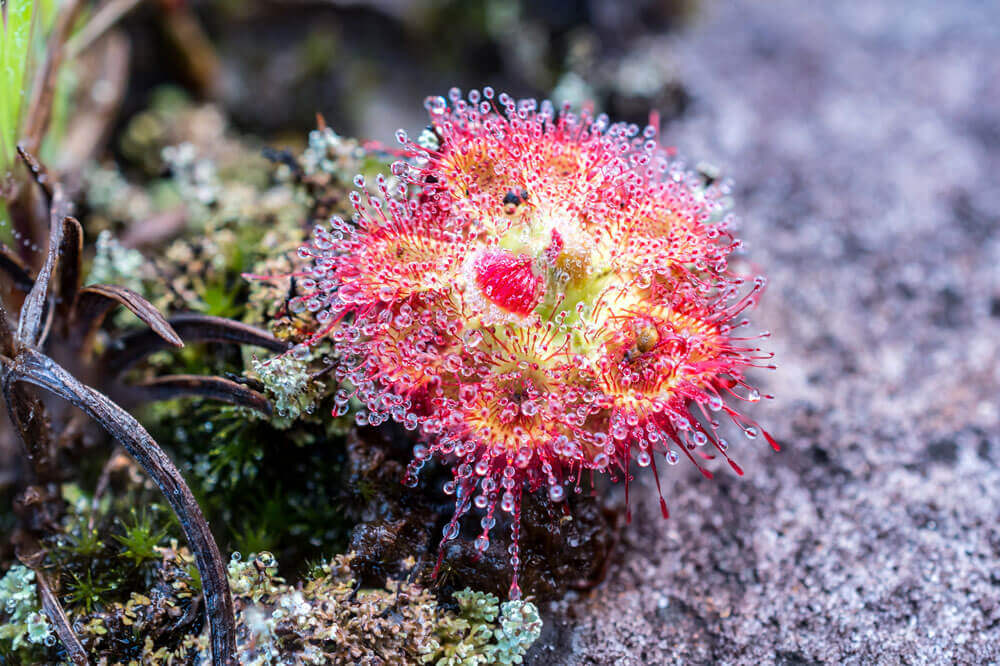Drosera: Identification, plant Growth and reproduction

Learn about the plant
Loved ones: Droseraceae. Genus of approximately 100 types of rosette-forming or struggling, time tested or herbaceous, insectivorous perennials, also such as some annuals found in impoverished, acid, boggy garden soil around the world, but mainly around Australia. Drosera (Sundew) bears a rosette of leaves engrossed in reddish hair. These hairs secrete the drinks, which both capture and process the pests. Drosera binata plant is undoubtedly an Australian Sundew (Forked Sundew) which bears long and deeply-lobed leaves. Some simple results in basal, erect, stipuled, petiole to 14 ” long, glabrous, blade forked into 2 or 4 segments, sectors linear, to 6 ” extended scape to 20 inches high or higher, glabrous, branched in the top portion, several-flowered petals 5, white-colored, to 1/2 inches extended. Carnivorous. The American Drosera capensis (Cape Sundew) has single results. Stalks quick to elongate leaves crowded, stipuled, petiole dilated at essential, glabrous or sparsely pubescent, 1.5 – 4 ins long, blade linear to spatulate-linear, 1.5-2.25 inches extended scape 8-14 in. High, hairy, glandular in the upper part, 6-20 flowered petals 5, purple, to 3/8 inch long. Carnivorous.
Plant growth conditions
The general ambiance in summer – bare minimum of 40 F in winter. The brightly illuminated place from sunshine. Use within a bog back garden. Grow in acidic planting combine.
Continue to keep garden compost damp by any means time. Decrease watering in the winter months. Misting is essential. Use rainwater.
Plant reproduction
Break down plant life in springtime. Acquire leaf cuttings. Sow seed at 50-55 F (10-13 C) as soon as ripe.
